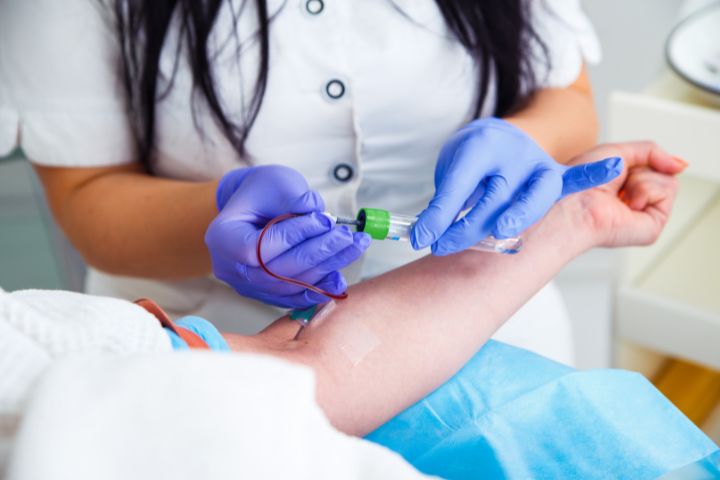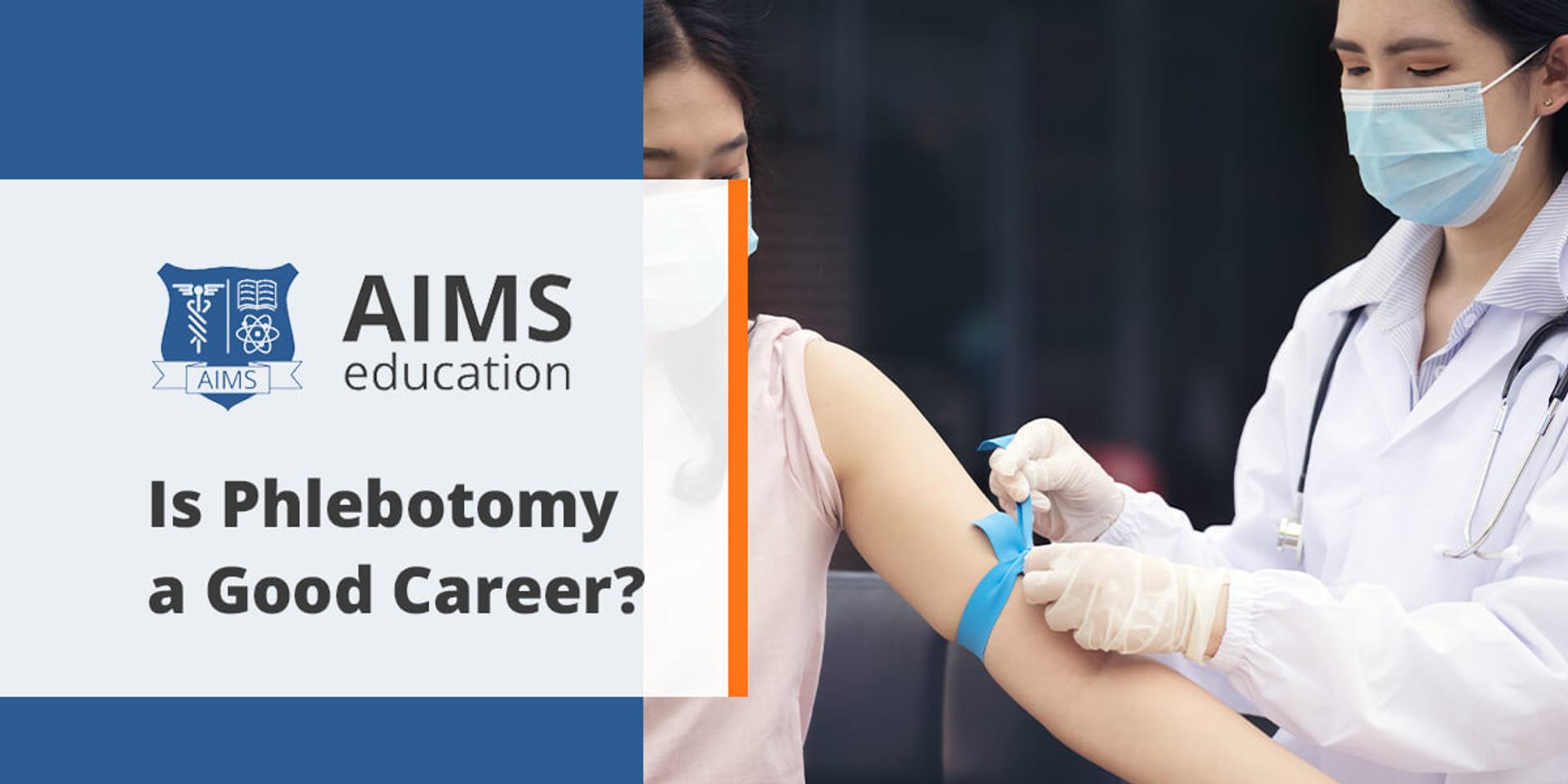What Does Northeast Medical Institute - New Haven Campus Phlebotomy Course & Cna Class Mean?
What Does Northeast Medical Institute - New Haven Campus Phlebotomy Course & Cna Class Mean?
Blog Article
See This Report on Northeast Medical Institute - New Haven Campus Phlebotomy Course & Cna Class
Table of Contents9 Simple Techniques For Northeast Medical Institute - New Haven Campus Phlebotomy Course & Cna ClassSome Known Facts About Northeast Medical Institute - New Haven Campus Phlebotomy Course & Cna Class.The Ultimate Guide To Northeast Medical Institute - New Haven Campus Phlebotomy Course & Cna ClassThe smart Trick of Northeast Medical Institute - New Haven Campus Phlebotomy Course & Cna Class That Nobody is DiscussingExcitement About Northeast Medical Institute - New Haven Campus Phlebotomy Course & Cna ClassNortheast Medical Institute - New Haven Campus Phlebotomy Course & Cna Class Can Be Fun For Everyone
However, making use of such devices must be accompanied by various other infection prevention and control methods, and training in their use. Not all security devices are relevant to phlebotomy. Before selecting a safety-engineered gadget, customers ought to thoroughly explore available devices to establish their suitable use, compatibility with existing phlebotomy practices, and efficacy in shielding personnel and clients (12, 33).For setups with low resources, expense is a driving variable in purchase of safety-engineered tools. Where safety-engineered tools are not available, competent use of a needle and syringe is appropriate.
Among the essential pens of quality of treatment in phlebotomy is the participation and collaboration of the individual; this is equally advantageous to both the health and wellness worker and the client. Clear details either composed or spoken must be available to each client who undertakes phlebotomy. Annex F gives example message for discussing the blood-sampling treatment to an individual. In the blood-sampling area for an outpatient department or center, provide a comfy reclining sofa with an arm remainder.
Northeast Medical Institute - New Haven Campus Phlebotomy Course & Cna Class Things To Know Before You Buy
Ensure that the indications for blood tasting are clearly specified, either in a written procedure or in recorded guidelines (e.g. in a lab form). Gather all the devices needed for the treatment and area it within safe and easy reach on a tray or trolley, ensuring that all the items are clearly visible.
Where the person is adult and mindful, comply with the actions detailed listed below. Introduce on your own to the patient, and ask the individual to specify their full name. Check that the laboratory form matches the patient's identity (i.e. match the client's information with the lab kind, to guarantee exact recognition). Ask whether the license has allergic reactions, anxieties or has actually ever before passed out throughout previous shots or blood attracts.
Make the person comfy in a supine setting (if possible). Location a tidy paper or towel under the patient's arm. Discuss the test to be performed (see Annex F) and obtain spoken authorization. The person has a right to reject an examination at any kind of time prior to the blood sampling, so it is essential to make sure that the person has actually understood the treatment.
Our Northeast Medical Institute - New Haven Campus Phlebotomy Course & Cna Class Diaries
Expand the patient's arm and inspect the antecubital fossa or lower arm. Locate a vein of a good size that shows up, straight and clear. The layout in Section 2.3, reveals typical placements of the vessels, but several variants are feasible. The average cubital capillary lies between muscular tissues and is usually the most easy to penetrate.
DO NOT place the needle where blood vessels are drawing away, because this increases the opportunity of a haematoma. The vein must show up without using the tourniquet. Situating the vein will aid in determining the correct dimension of needle. Use the tourniquet regarding 45 finger sizes above the venepuncture site and re-examine the vein.
Specimens from central lines bring a threat of contamination or erroneous laboratory examination outcomes. It is acceptable, however not optimal, to attract blood samplings when first introducing an in-dwelling venous tool, prior to attaching the cannula to the intravenous fluids.
The Buzz on Northeast Medical Institute - New Haven Campus Phlebotomy Course & Cna Class
Failing to permit sufficient call time raises the danger of contamination. DO NOT touch the cleaned website; in particular, DO NOT position a finger over the vein to direct the shaft of the exposed needle.
Ask the patient to develop a clenched fist so the blood vessels are a lot more prominent. Get in the capillary promptly at a 30 degree angle or much less, and continue to present the needle along the capillary at the most convenient angle of access - Phlebotomy Courses. Once sufficient blood has actually been accumulated, launch the tourniquet BEFORE taking out the needle
How Northeast Medical Institute - New Haven Campus Phlebotomy Course & Cna Class can Save You Time, Stress, and Money.
Take out the needle delicately and apply gentle stress to the website with a tidy gauze or dry cotton-wool ball. Ask the client to hold the gauze or cotton wool in position, with the arm prolonged and raised. Ask the person NOT to bend the arm, because doing so causes a haematoma.

Fascination About Northeast Medical Institute - New Haven Campus Phlebotomy Course & Cna Class
Where feasible, maintain the tubes in a rack and move the shelf towards you - https://northeast-medical-institute.jimdosite.com. If the sample tube does not have a rubber stopper, infuse exceptionally slowly into the tube as lessening the stress and velocity made use of to move the specimen minimizes the threat of haemolysis.

Report this page